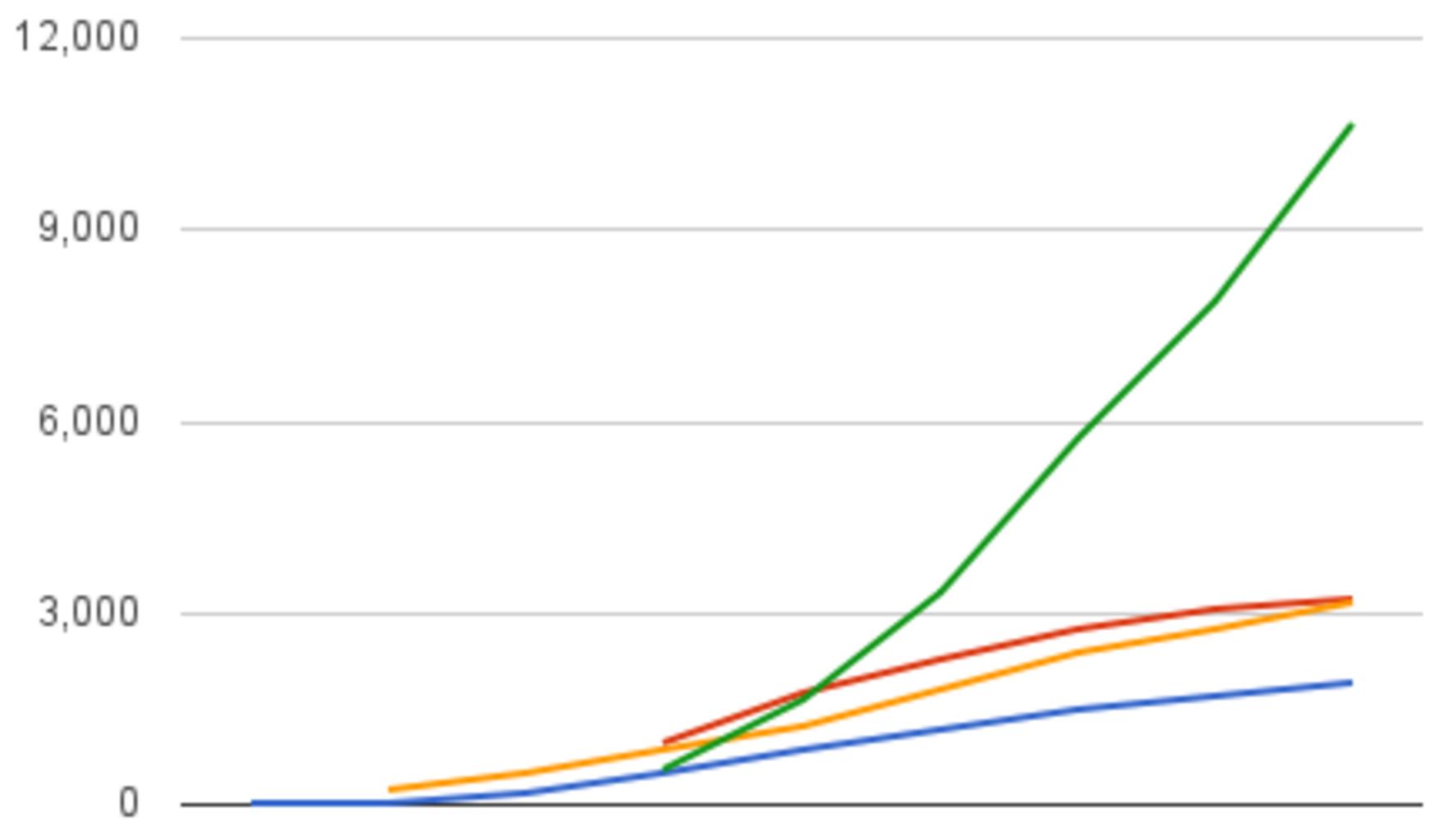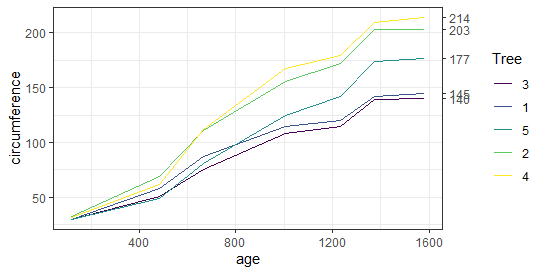How to compare variances in R
How to compare variances in R?, The F-test is used to see if two populations (A and B) have the same variances. When should the F-test be used? A comparison of two variations is useful in a variety of situations, including: When you wish to examine if the variances of two samples are equal, you…

















